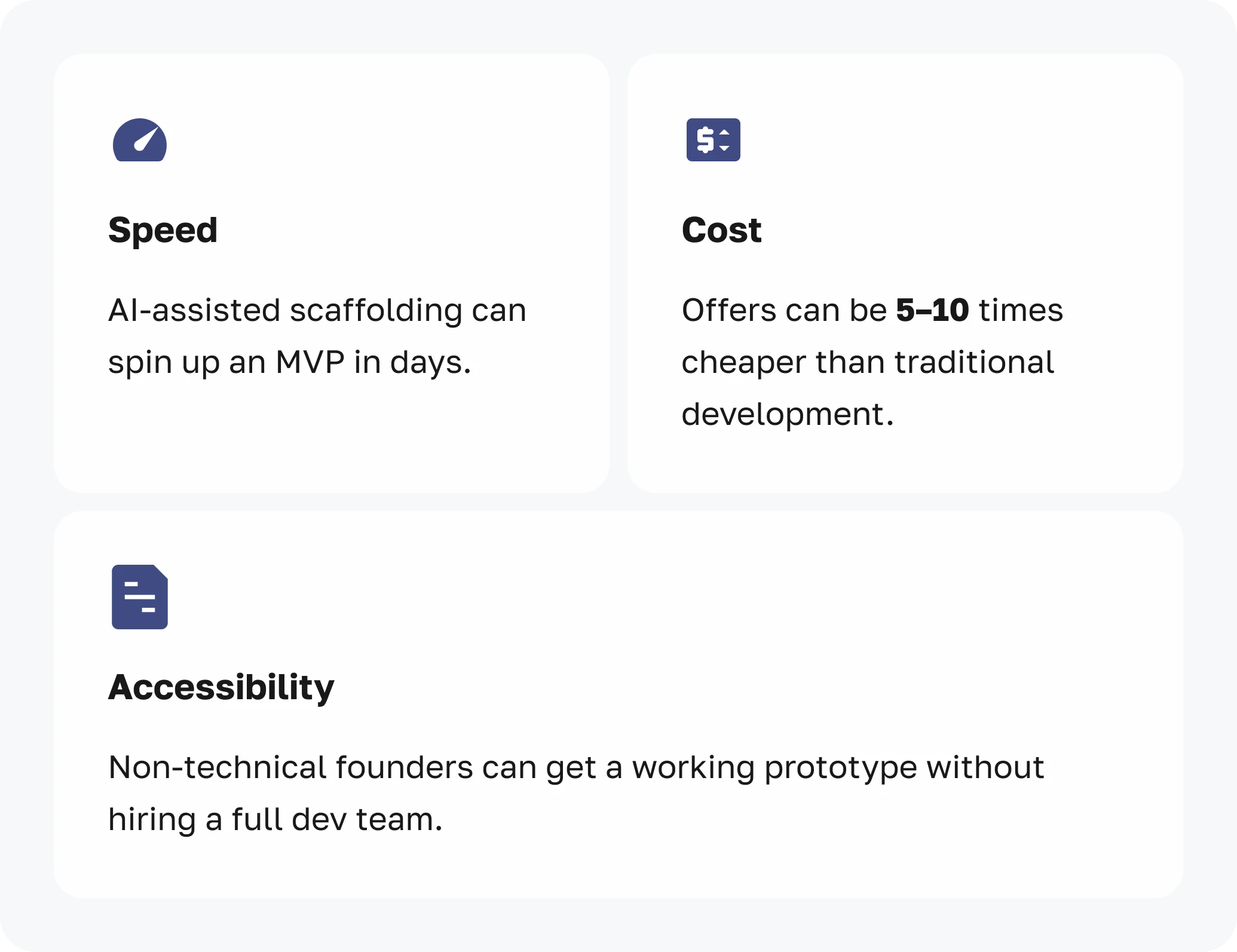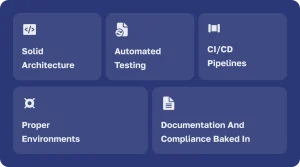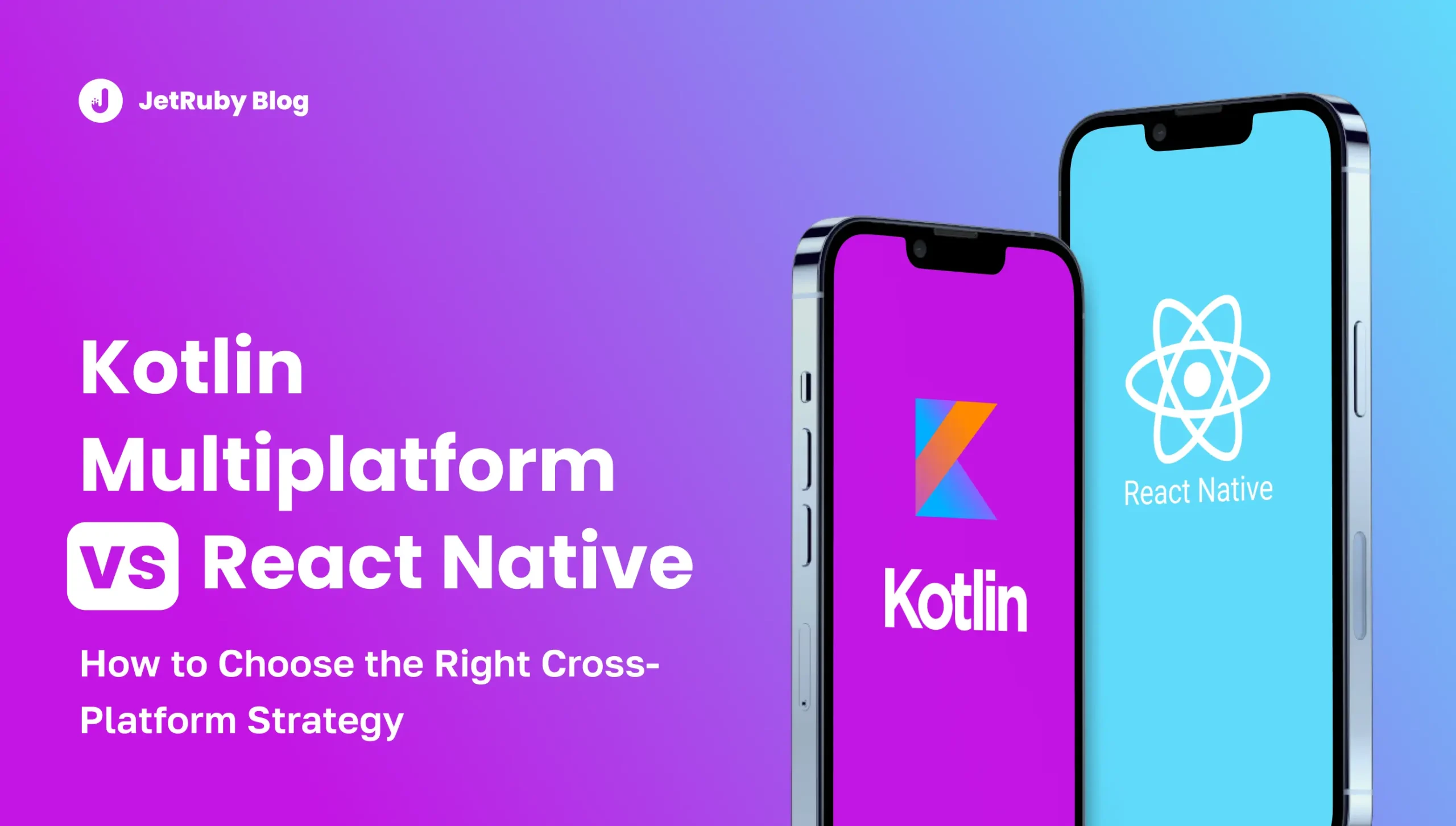Table of Contents
In today’s AI-positive world, it feels like we’re one step away from declaring: “Developers are obsolete, AI will just code everything!” And while AI tools are incredible copilots, let’s be honest: code is still written by humans. AI is not responsible for product quality, scalability, or compliance. It only helps developers avoid drowning in tedious boilerplate.
But lately, we’ve seen a trend called “Vibe Coding” (VC) — throwing together AI-generated snippets or low-code components without testing, documentation, or architecture. It’s fast, cheap, and looks good in a demo. But as the saying goes, “buy cheap, pay twice.”
Why Vibe Coding Looks Attractive

- Speed: AI-assisted scaffolding can spin up an MVP in days.
- Cost: Offers can be 5–10 times cheaper than traditional development.
- Accessibility: Non-technical founders can get a working prototype without hiring a full dev team.
No wonder Vibe Coding has its memes: “It compiles, ship it!” and “Future-us will refactor it” (spoiler: they won’t).
The Hidden Costs of Vibe Coding
According to Artem Gavrilov, Head of CSM at JetRuby, real-world data shows that cheap code is often the most expensive code over its lifetime.
Developers spend nearly 42% of their time dealing with technical debt instead of creating new features, according to BlueOptima (2023). The Code Red study (2022) found that poor-quality code carries 15 times more defects and takes 124% longer to fix compared to higher-quality code. Meanwhile.
The costs pile up quickly. Sonar (2023) estimates that cleaning up technical debt in a modest one-million-line codebase costs approximately $1.5 million over five years. Multiple surveys confirm that engineers lose between 20% and 40% of their time untangling shortcuts, skipped tests, and missing documentation. That’s time not spent on innovation, but on cleaning up after “fast” decisions.
Artem Gavrilov puts it simply: “Paying more for higher-grade resources reduces total cost of ownership”.
The extra upfront expense is offset by fewer defects, faster delivery, and less wasted developer time — often saving more than half of the total project cost across the lifecycle”.
A Client Story: 10 times Cheaper Isn’t Always Better
JetRuby’s Sales Manager, Andrey Volgin, recalls a client who received two proposals for the same platform. Ours was a full commercial-grade MVP with scalable architecture, automated testing, and compliance baked in. The competitor’s was ten times cheaper. Their trick? A mix of no-code tooling and vibe-coded AI snippets.
We explained what that really meant. Low-code/no-code works well for prototypes but often fails under scaling pressure. Vibe coding typically covers only the “happy path,” ignoring real-world complexity until the system breaks. Junior-heavy teams without QA, DevOps, or architecture expertise may deliver something that looks like a product, but it rarely survives growth, compliance, or an investor audit.
The risks were clear: missing features, fragile deployments, deferred security, rebuild costs when growth forces a restart, and near-certain failure in due diligence.
We’ve taken over multiple such projects after clients learned this the hard. By then, the “cheap” option had cost them twice: once for the throwaway build, and again for the complete rebuild.
The Meme and the Math
On Twitter and Reddit, vibe coding gets roasted with classics like:
“Future-me will fix it.” → Future-you is broke and angry.
“It worked on my machine,” → But your machine isn’t production.
“MVP = Mostly Very Problematic.”
Behind the jokes lies serious math. For a ten-person engineering team with an annual payroll of $1.5 million, Vibe coding can quietly burn more than a million dollars each year in lost productivity, defect rework, onboarding delays, and outage risks. One study estimated that startups skipping testing — the hallmark of vibe coding — accumulate crippling debt faster than they realize. Over time, it’s not “fast progress” but a drag anchor.
So, Is Vibe Coding Always Bad?
Not entirely. Vibe coding is fine for hackathons, prototypes, or validating a pitch deck. You don’t need bulletproof architecture for a weekend demo. But if you’re building a real product meant for users, investors, or regulators, you need proper foundations:

- Solid architecture
- Automated testing
- CI/CD pipelines
- Proper environments
- Documentation and compliance baked in
Otherwise, the “fast” code slows you down, and the “cheap” code becomes very expensive.
The Bottom Line
AI is an incredible accelerator, but not a substitute for professional engineering discipline. Vibe coding is fun, fast, and meme-worthy — but if you’re serious about building something that lasts, you can’t run a business on vibes alone.
Or as one engineer put it: “Vibe coding is like building a startup on Red Bull and ramen. It works for a week, but eventually, you’ll need real food.”




